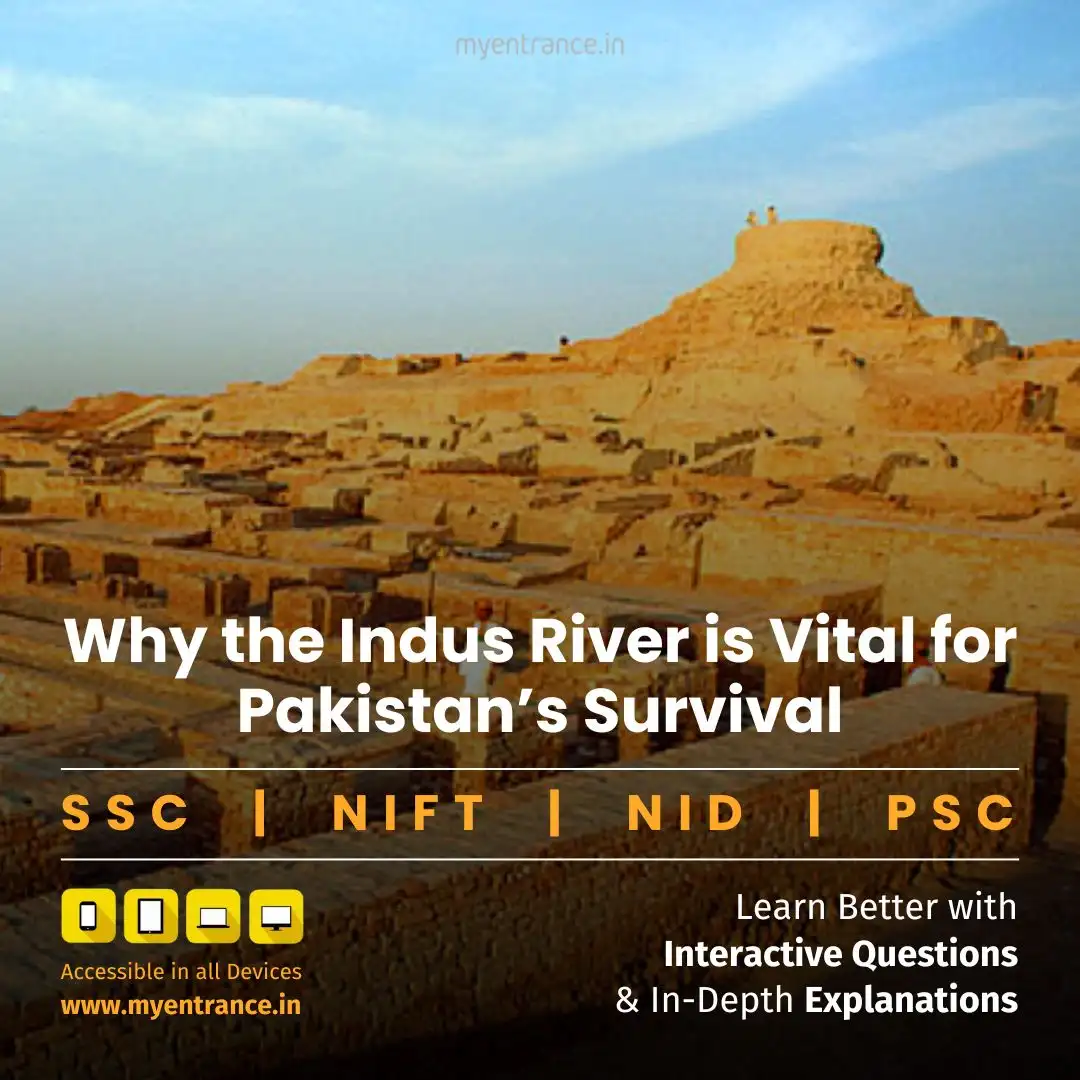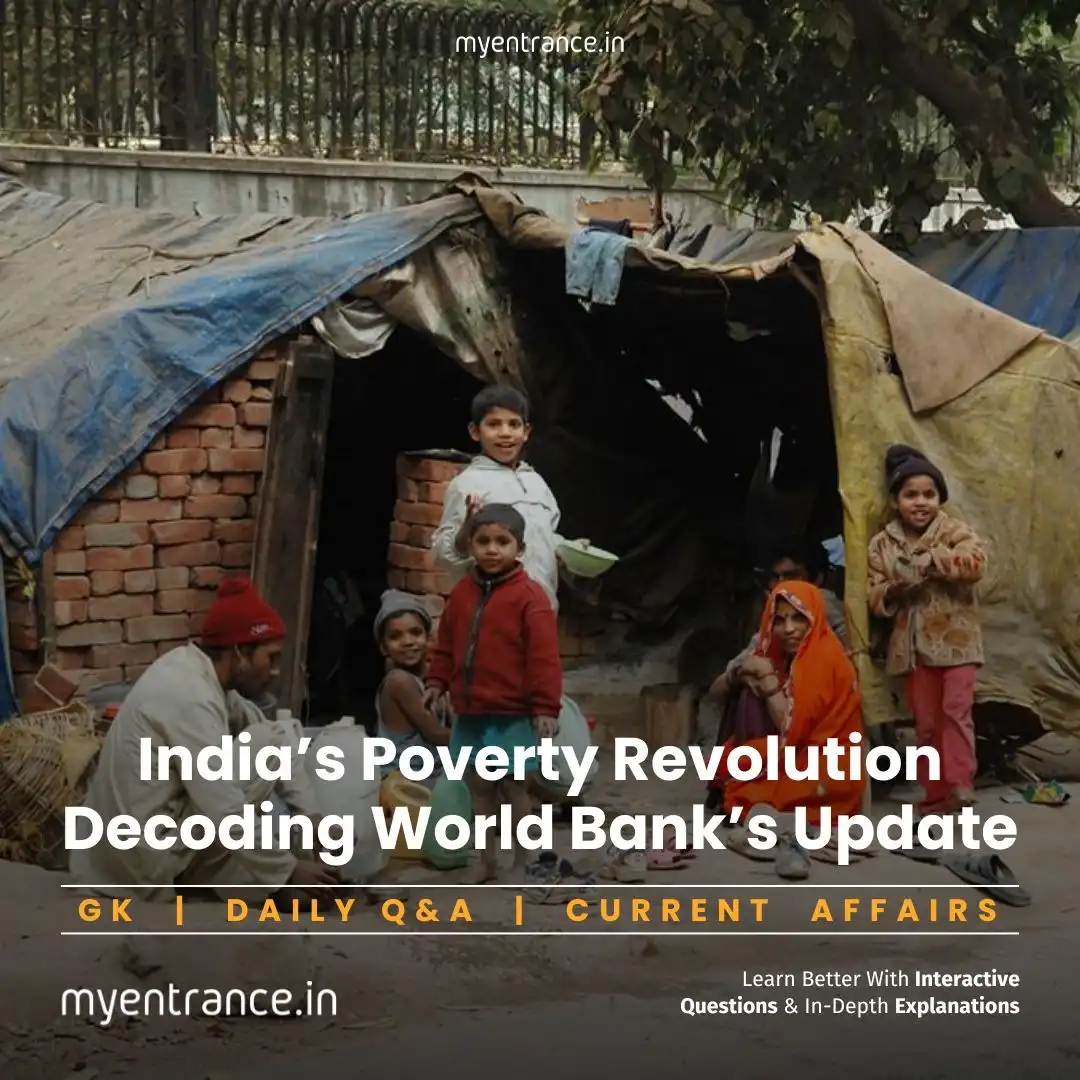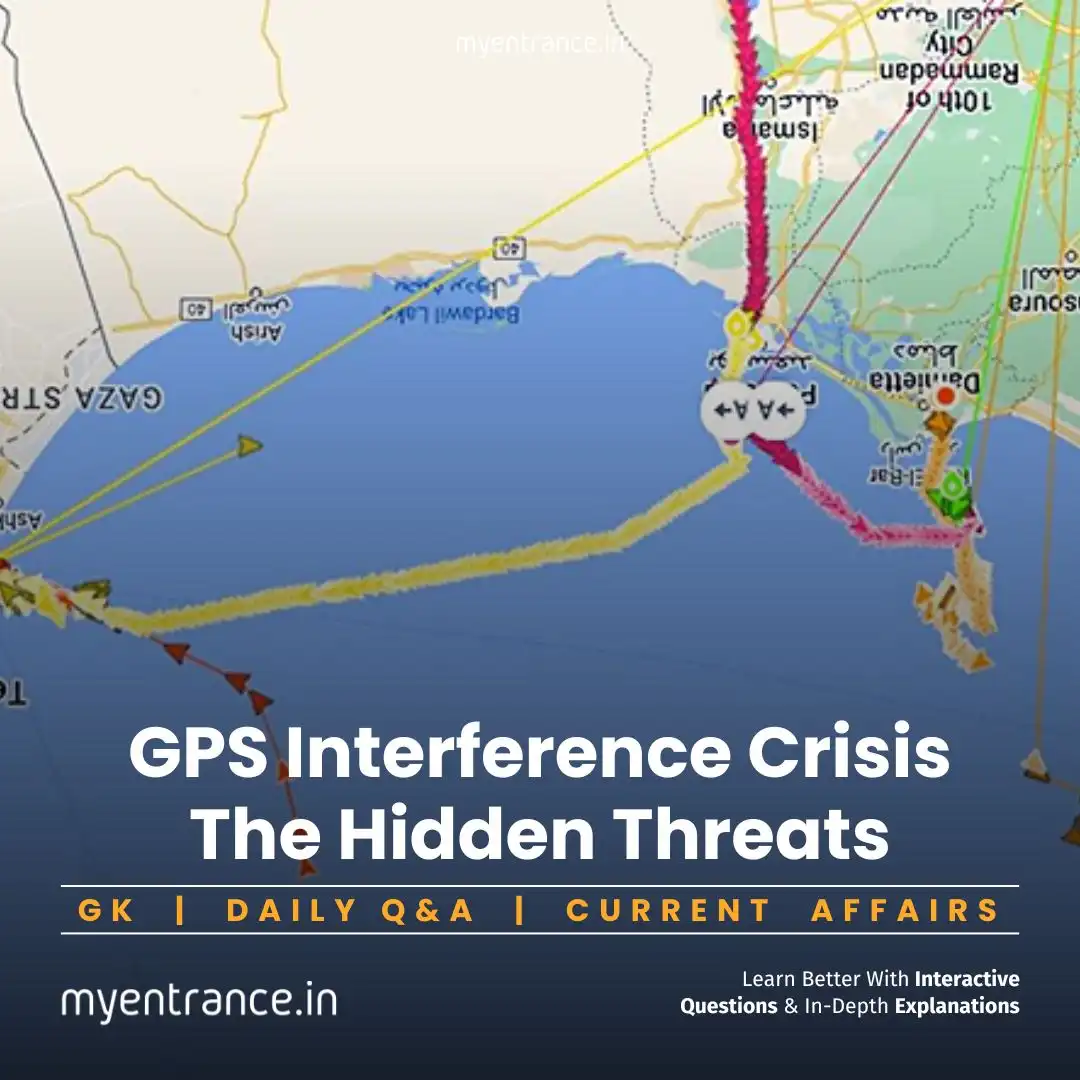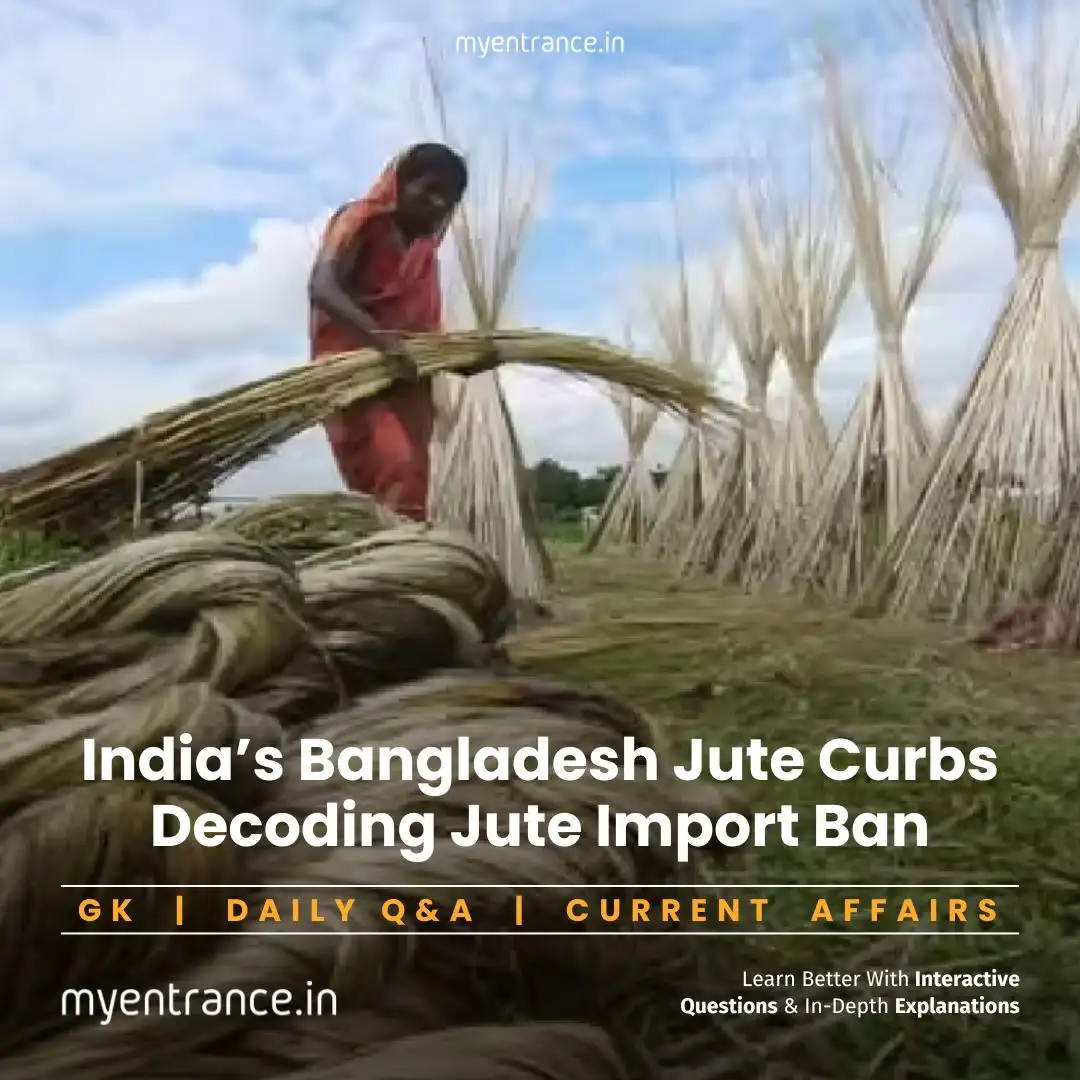Select Language
The Indus Valley Civilization: History, Significance, and Key Facts for Competitive Exams
The Indus Valley Civilization, flourishing between 2500–1700 BCE, was one of the most advanced ancient societies. With well-planned cities like Harappa and Mohenjo-Daro, it laid the foundation for urban development in South Asia.
The Indus Valley Civilization: A Comprehensive Overview
Discovery and Extent
The Indus Valley Civilization was first discovered in 1921 at Harappa (Punjab, Pakistan) and later in 1922 at Mohenjo-Daro (Sindh, Pakistan). Recognized as a UNESCO World Heritage Site, this civilization extended across a vast region:
From Sutkagen Dor (Balochistan, Pakistan) near the Arabian Sea
To Ropar (Punjab, India) near the Shimla Hills
Southward to Gulf of Khambhat (Gujarat, India)
Eastward to the Yamuna River basin (near Delhi, India)
Key Fact: It was the most extensive among the three earliest civilizations (Mesopotamia, Egypt, and Indus Valley).
Major Cities and Urban Planning
The civilization had two major cities and over 100 smaller towns and villages:
Harappa & Mohenjo-Daro: Each spanned 1 square mile, showcasing advanced urban planning.
Population Estimates:
Harappa: 23,500–35,000
Mohenjo-Daro: 35,000–41,250
Features of Indus Cities:
✔ Grid-based street layouts
✔ Advanced drainage systems
✔ Standardized brick sizes
✔ Public baths (Great Bath of Mohenjo-Daro)
✔ Granaries for food storage
Economy and Agriculture
The civilization relied on farming and trade:
Main Crops: Wheat, barley, peas, mustard, sesame, and one of the earliest cotton cultivations.
Domesticated Animals: Cattle, dogs, cats, fowl, buffalo, and possibly elephants for ivory.
Trade Links: Evidence of trade with Mesopotamia (modern Iraq) for goods like beads, metals, and pottery.
Decline and Legacy
The civilization declined around 1700 BCE, likely due to:
Climate change & drying rivers
Natural disasters (floods, earthquakes)
Possible Aryan migrations
Despite its fall, the Indus Valley Civilization influenced later cultures in architecture, town planning, and craftsmanship.
Sample Questions & Answers for Competitive Exams
1. Where was the Indus Valley Civilization first discovered?
Answer: Harappa (Punjab, Pakistan) in 1921.
2. Which is the most famous site of the Indus Valley Civilization?
Answer: Mohenjo-Daro, a UNESCO World Heritage Site.
3. What were the main crops grown by the Indus people?
Answer: Wheat, barley, peas, mustard, sesame, and cotton.
4. What was the Great Bath of Mohenjo-Daro used for?
Answer: Likely for religious or public bathing rituals.
5. Why did the Indus Valley Civilization decline?
Answer: Possible reasons include climate change, river shifts, and invasions.
Most Predicted Questions
Comprehensive study materials, Expert-guided tips & tricks, Mock tests and instant results.
Start your SSC, NIFT, NID, FDDI, PSC journey today with MyEntrance, your ultimate online coaching platform.








